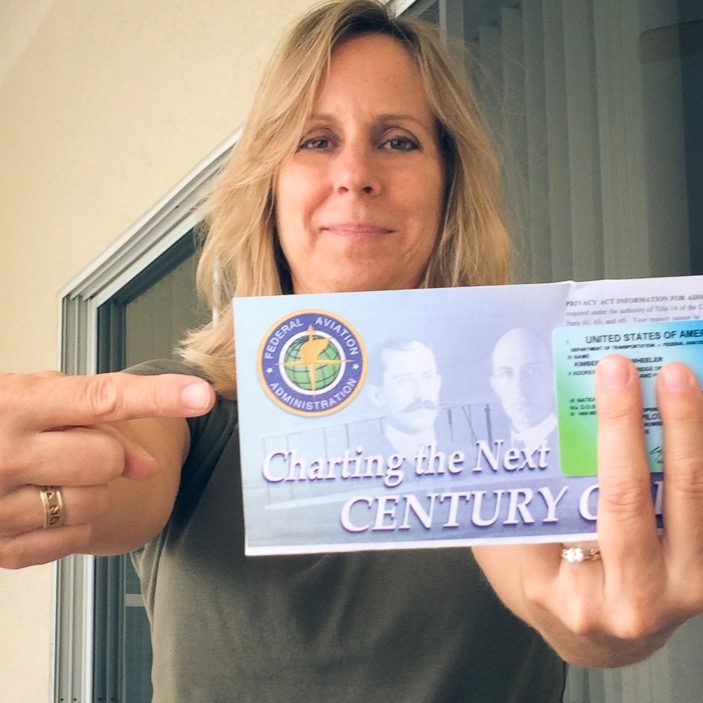
Commercial drone operators hoped that Part 107 would provide some relief from the long and expensive process of receiving a Section 333 Exemption from the FAA. Certainly, the new rules allow many more drone operators to work legally, and they have created a far simpler process to legalize commercial operations. But after registering for the test, studying, and passing – how long does it take for the FAA to process a Part 107 certificate?
With thousands of drone operators registering to take the Part 107 test, the FAA is once again facing a backlog of paperwork to process. The FAA says that a significant number of Part 107 applications have been filled out incorrectly, causing them to be rejected. In addition to going through the Part 107 certificate process, many pilots also apply for waivers through the online portal – another administrative burden on both the operators and the FAA. Federal officials say that many operators trying to be conscientious – and perhaps having difficulty navigating the complex regulations – may be applying for waivers that they don’t really need, so operators should be sure to review flight rules carefully.
To see how long the processing of a Part 107 certificate takes currently, DRONELIFE got back in touch with Kim Wheeler, part of the phenomenal drone imagery team 2Drone Gals. Kim was the first person to take – and pass – the Part 107 test in her area, and was featured in our earlier interview about the process. We asked Kim exactly how long it took to get her certificate:
- 8/29 Passed Knowledge Test
- 8/31 Submitted Certification Application on IACRA
- 9/9 Received Email Notification Temporary Certificate Complete
- 10/27 Received Permanent Certification Card in Mail
(note: issue date on certification is backdated to 8/31)
Kim says that while the process is slow, operators should remember that this is the beginning of a new system. “You may recall that the FAA announced that Part 107 is just their ‘first step’ toward fully integrating UAS into the national airspace. While we may have varying degrees of satisfaction at the rate at which this is taking place, there is one thing we can agree on: this industry will not move forward, despite the amazing technological advances, without the policy (local/state/federal) and public perception supporting it,” says Kim. “…We all have the privilege and responsibility to be ambassadors for the commercial UAS community by promoting safe and beneficial use whenever and wherever we fly. Stay patient and fly responsibly.”

Miriam McNabb is the Editor-in-Chief of DRONELIFE and CEO of JobForDrones, a professional drone services marketplace, and a fascinated observer of the emerging drone industry and the regulatory environment for drones. Miriam has penned over 3,000 articles focused on the commercial drone space and is an international speaker and recognized figure in the industry. Miriam has a degree from the University of Chicago and over 20 years of experience in high tech sales and marketing for new technologies.
For drone industry consulting or writing, Email Miriam.
TWITTER:@spaldingbarker
Subscribe to DroneLife here.